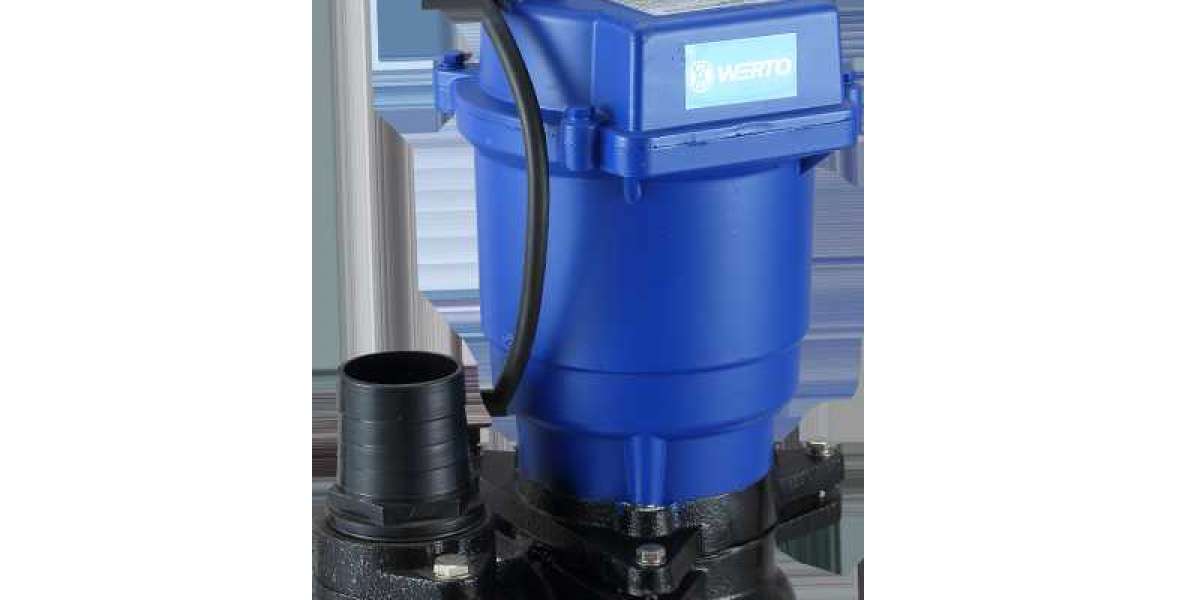In the realm of water management, users rely on various technologies to ensure the efficient distribution and utilization of water resources. Two key components in this process are submersible pumps manufacturers and submersible pumps designed for water tanks. From a user's perspective, understanding the functionalities, features, and considerations associated with these pumps is crucial for optimizing water management practices and maintaining reliable water supply systems. Let's explore the roles, benefits, and user experiences associated with automatic submersible pumps and submersible pumps for water tanks, shedding light on their significance in everyday water management.
Automatic submersible pumps are essential tools for users who need to manage water levels in basements, sump pits, or other low-lying areas prone to flooding. These pumps are designed to activate automatically when water levels rise above a certain threshold, ensuring prompt and efficient water removal to prevent property damage and flooding. Users appreciate the convenience and peace of mind that automatic submersible pumps offer, as they eliminate the need for manual intervention and provide reliable flood protection in residential and commercial settings.
From a user's perspective, the functionalities of automatic submersible pumps are straightforward and intuitive. These pumps are equipped with sensors or float switches that detect changes in water levels and trigger the pump's operation when necessary. Once activated, the pump quickly and efficiently removes excess water from the area, preventing flooding and minimizing water damage to property and belongings. Users value the reliability and efficiency of automatic submersible pumps, as they provide continuous flood protection without the need for constant monitoring or manual intervention.
Another type of submersible pump commonly used by users is the submersible pump designed for water tanks. These pumps are specifically designed for transferring water from storage tanks to various applications, such as irrigation systems, livestock watering, or domestic water supply. Users rely on submersible pumps for water tanks to ensure a reliable and consistent water supply for their agricultural, residential, or commercial needs.
The functionalities of submersible pumps for water tanks are tailored to the specific requirements of users who depend on stored water for various purposes. These pumps are equipped with features such as adjustable flow rates, durable construction, and efficient motor designs, allowing users to customize their water distribution systems according to their needs and preferences. Users appreciate the flexibility and versatility offered by submersible pumps for water tanks, as they enable them to optimize water usage and maximize the efficiency of their water storage systems.
From a user's perspective, the performance and reliability of submersible pumps for water tanks are critical factors in ensuring a consistent and dependable water supply. Users rely on these pumps to transfer water from storage tanks to their intended destinations efficiently and without interruption. Factors such as pump capacity, energy efficiency, and ease of installation and maintenance are important considerations for users when selecting a submersible pump for their water tank.
In conclusion, automatic submersible pumps and submersible pumps for water tanks are indispensable tools for users seeking to manage water resources effectively and efficiently. Whether it's protecting properties from flooding with automatic submersible pumps or ensuring a reliable water supply with submersible pumps for water tanks, these pumps play essential roles in everyday water management practices. As users, we appreciate the functionalities, features, and reliability of these pumps, as they enable us to maintain efficient water distribution systems and optimize water usage for various applications.







